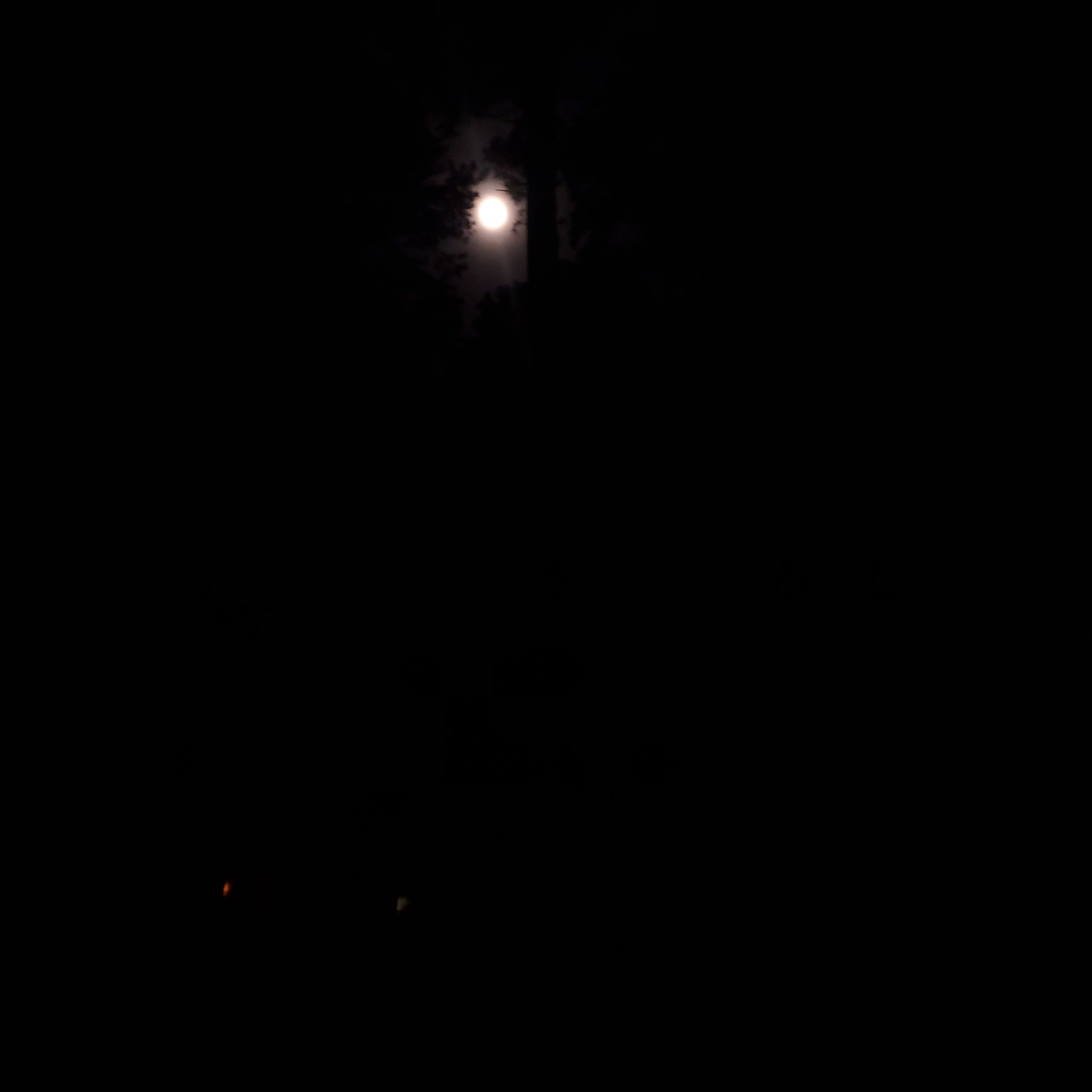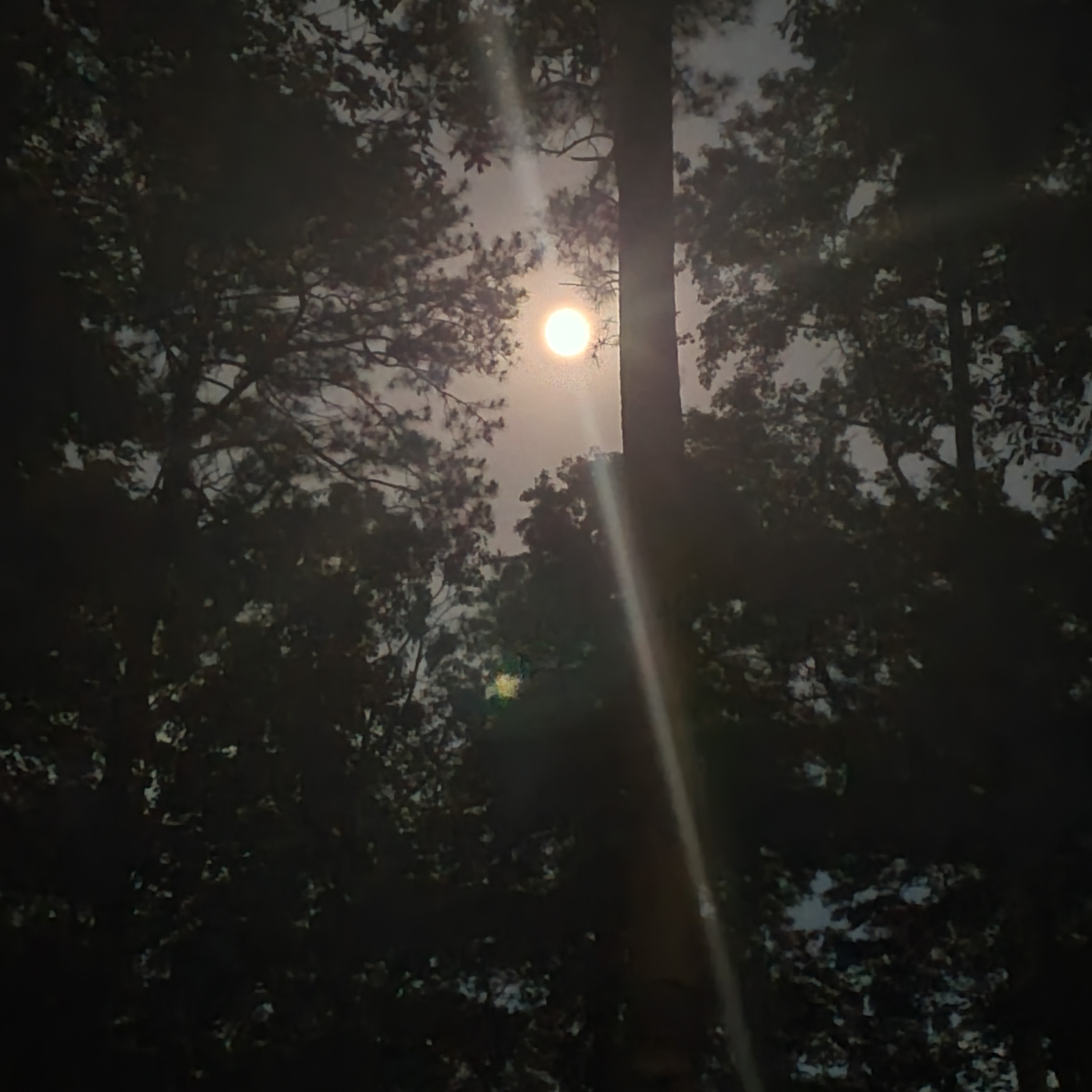Blog Archives
Celebrate The Moon Landing With Videos, Games and Activities
Today in 1969, human beings at last set their feet on another world! Here are some games and crafts that you can do with your kids to celebrate this historic day!
New Images From the James Webb Telescope:


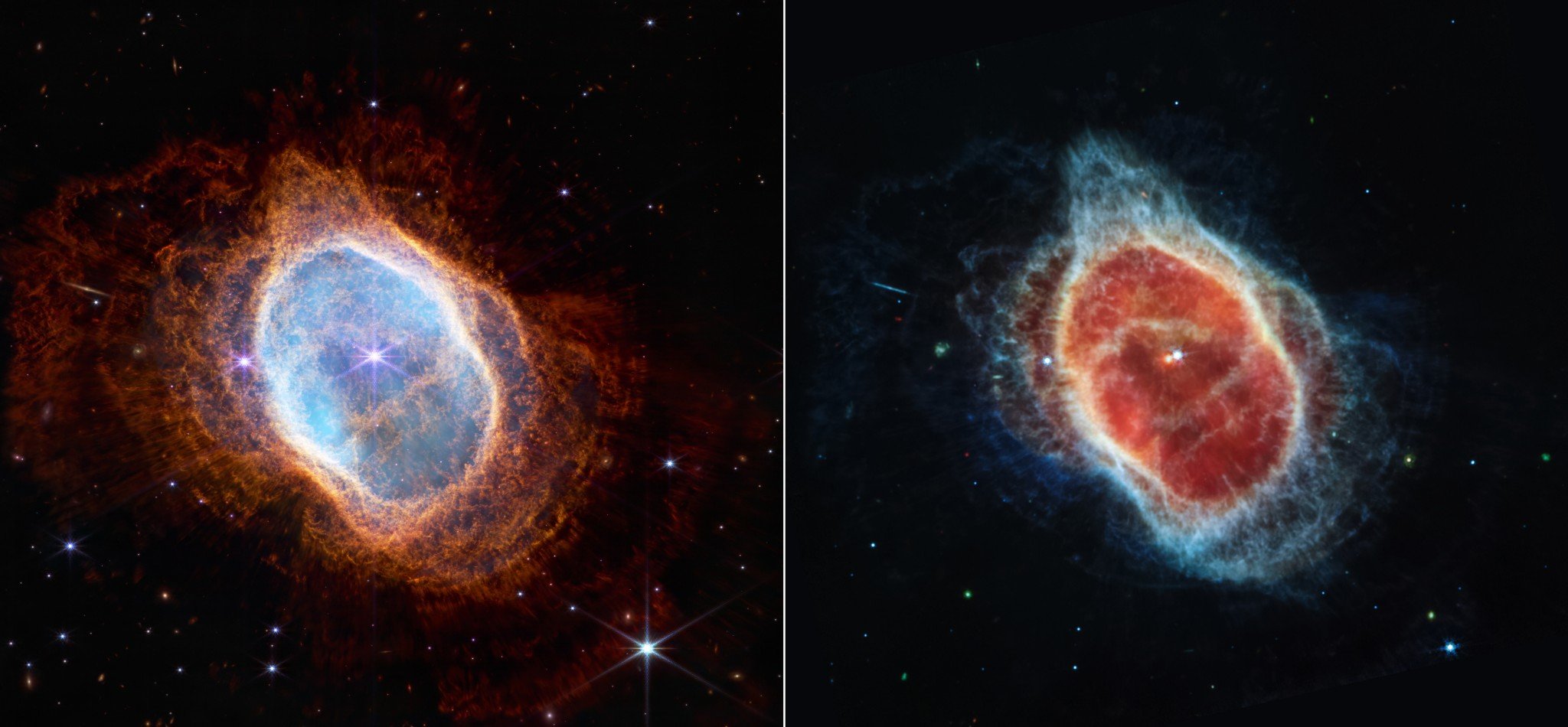
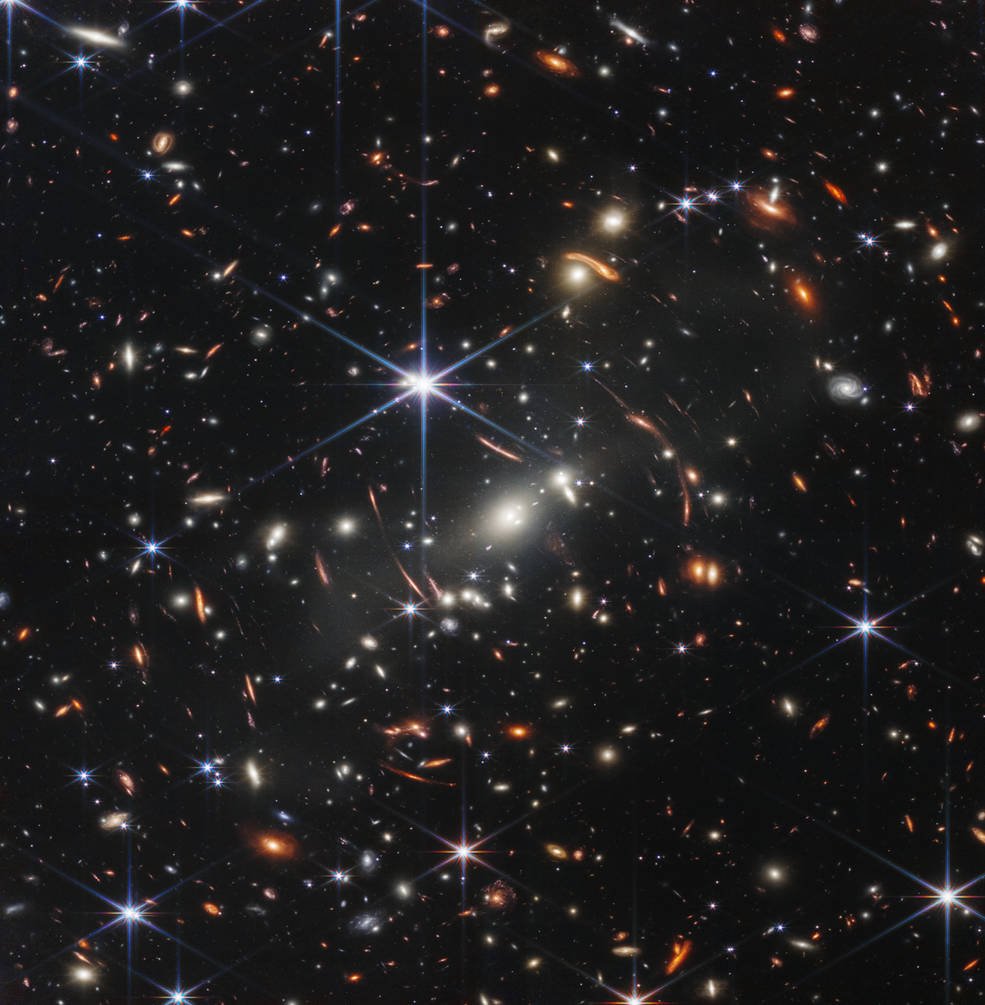
https://abcnews.go.com/ABCNews/live-updates/james-webb-images/?id=86597864
For more gallery images from the Webb telescope, click here:
Wizard Magic Summer Course Via Outschool.com!
I’ve created a fun, interactive course about science emphasizing astronomy, chemistry, and electromagnetism with a Harry-Potter-inspired wizard theme! If you choose to sign up, your child will discover the enchanting world of science through a series of magical experiments!
How the class is Organized

I will pose as a teacher at a wizard school, and present a series of short wizard classes that include Astronomy, Potions (chemistry), Charms (DIY experiments), and Defense against Dark Illusions (Optical Illusions)

For each class, I’ll stress the connections between magical disciplines like Alchemy and Astronomy, and modern science. Each class has a video, a short DIY craft, and an experiment that explains a scientific principle.
Here’s a sample of the Astronomy portion of the course:
Astronomy: Magical Creatures In the Sky
Rather than teach about fake magical creatures like unicorns and windigos, I will teach the kids to look up and see magical beasts that they can see every night! I’ll begin by talking about what constellations are, and some of the most common constellations in the sky:

In the Northern hemisphere you can see about 88 constellations. In the center is the North star, (so called because it points North). You’ve probably heard that you can find the north if you find the north star and I’m going to teach the students how to find it.
The north star doesn’t move, which is why we put it in the center of the planisphere, but other ones do, as do the planets and stars. This part of the class will culminate with me instructing the kids on how to make a star chart that they can print out and use at home!

And that’s just for starters! I’ll teach the kids to make magic wands, make magical illusions, brew slime, and even send secret messages hidden in a book or a blank piece of paper!
The class is one hour long and it costs $10 per child, ages 6-12. If you’re interested in signing your child up, go to Outschool.com, and search for “Wizard Science:”
Hope to see you there!
Sagitarius A: The Supermassive Black Hole In the Center Of Our Galaxy
This article was originally reprinted from Newsela, published 6/8/22: https://newsela.com/read/black-hole-new-image/id/2001029293/
By Liz Kruesi and Emily Conover, Science News for Students
Published:06/08/2022

There is a new addition to astronomers’ portrait gallery of black holes. And it’s a beauty.
Astronomers have finally assembled an image of the supermassive black hole at the center of our galaxy. Known as Sagittarius A*, this black hole appears as a dark silhouette against the glowing material that surrounds it. The image reveals the turbulent, twisting region right around the black hole in new detail. This vista could help scientists better understand the Milky Way’s supermassive black hole and others like it.
The new image was unveiled on May 12. Researchers announced it in a series of news conferences around the world. They also reported it in six papers in Astrophysical Journal Letters.
“This image shows a bright ring surrounding the darkness, the telltale sign of the shadow of the black hole,” said Feryal Özel at a news conference in Washington, D.C. She’s an astrophysicist at the University of Arizona in Tucson. She is also part of the team that captured the new black hole portrait.
No single observatory could get such a good look at Sagittarius A, or Sgr A for short. It required a planet-spanning network of radio dishes. That telescope network is called the Event Horizon Telescope, or EHT. It also produced the first image of a black hole, released in 2019. That object sits at the center of the galaxy M87. It is about 55 million light-years from Earth.
That snapshot of M87’s black hole was of course historic, but Sgr A* is “humanity’s black hole,” says Sera Markoff. This astrophysicist works at the University of Amsterdam in the Netherlands. She is also a member of the EHT team.
Almost every large galaxy is thought to have a supermassive black hole at its center. And Sgr A* is the Milky Way’s. That gives it a special place in astronomers’ hearts — and makes it a unique place to explore the physics of our universe.
Your Friendly Neighborhood Supermassive Black Hole
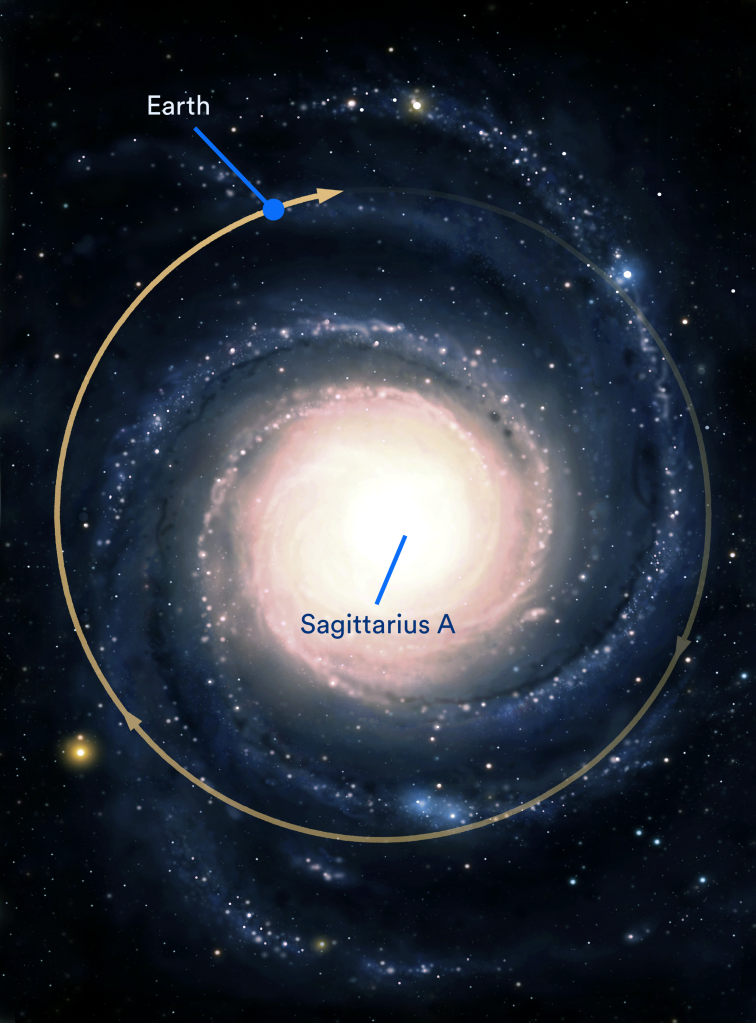
At 27,000 light-years away, Sgr A* is the closest giant black hole to Earth. It is the most-studied supermassive black hole in the universe, yet Sgr A* and others like it remain some of the most mysterious objects ever found.
That is because, like all black holes, Sgr A* is an object so dense that its gravity will not let light escape. Black holes are “natural keepers of their own secrets,” says Lena Murchikova. This physicist works at the Institute for Advanced Study in Princeton, New Jersey. She is not part of the EHT team.
A black hole’s gravity traps light that falls within a border called the event horizon. EHT’s images of Sgr A* and the M87 black hole peer at light coming from just outside that inescapable edge.
https://sciencing.com/composition-black-hole-8621.html
That light is given off by material swirling into the black hole. Sgr A* feeds on hot material shed by massive stars at the center of the galaxy. The gas is drawn in by Sgr A‘s super strong gravity. But it does not just tumble straight through into the black hole. It swirls around Sgr A like a cosmic drainpipe. That forms a disk of glowing material, called an accretion disk. The black hole’s shadow against this glowing disk is what we see in EHT images of black holes.
The disk, nearby stars and an outer bubble of X-ray light “are like an ecosystem,” says Daryl Haggard, who is an astrophysicist at McGill University in Montreal, Canada. She’s also a member of the EHT collaboration. “They’re completely tied together.”
The accretion disk is where most of the action is. That stormy gas is yanked around by strong magnetic fields around the black hole. So, astronomers want to know more about how the disk works.
What is particularly interesting about Sgr A*’s disk is that — by black hole standards — it is pretty quiet and faint. Take M87’s black hole for comparison. That monster is a violently messy eater. It gorges on nearby material so fiercely that it blasts out enormous jets of plasma.
Our galaxy’s black hole is much more subdued. It eats only a few morsels fed to it by its accretion disk. “If Sgr A* were a person, it would consume a single grain of rice every million years,” said Michael Johnson at a news conference announcing the new image. Johnson is an astrophysicist at the Harvard-Smithsonian Center for Astrophysics. That is in Cambridge, Massachusetts.
“It’s always been a little bit of a puzzle why it’s so, so faint,” says Meg Urry. She is an astrophysicist at Yale University in New Haven, Connecticut. She is not part of the EHT team.
But do not think that means Sgr A* is a boring black hole. Its surroundings still give off all different kinds of light. Astrophysicists have seen that region feebly glowing in radio waves and jittering in infrared light. They have even seen it burp in X-rays.
In fact, the accretion disk around Sgr A* seems to constantly flicker and simmer. This variation is like a froth on top of ocean waves, Markoff says. “We’re seeing this froth that is coming up from all this activity,” she says. “And we’re trying to understand the waves underneath the froth.” That is, the behavior of material snuggled up most closely to the black hole’s edge.
The big question, she adds, has been if EHT could see something changing in those waves. In the new work, they have seen hints of those changes below the froth. But the full analysis is still ongoing.
Weaving Together Wavelengths
The Event Horizon Telescope is made up of radio observatories around the world. By combining data from these far-flung dishes in clever ways, researchers can make the network act like one Earth-sized telescope. Each spring, when conditions are just right, EHT peers at a few distant black holes and tries to take their picture.

The new picture of Sgr A* comes from EHT data collected in April 2017. That year, the network raked in a whopping 3.5 petabytes of data on the black hole. That is about the amount of data in 100 million TikTok videos.
Using that trove, researchers began piecing together Sgr A*’s picture. Teasing out an image from the massive jumble of data took years of work and complex computer simulations. It also required adding in data from other telescopes that observed different types of light from the black hole.
Those “multiwavelength” data were crucial to assembling the image. By looking at light waves across the spectrum, “we’re able to come up with a complete picture,” says Gibwa Musoke. She is an astrophysicist who works with Markoff at the University of Amsterdam.
Even though Sgr A* is so close to Earth, its picture was harder to get than M87’s black hole. The problem was Sgr A*’s variations — the constant simmering of its accretion disk. It causes Sgr A*’s appearance to change every few minutes while scientists are trying to image it. For comparison, the appearance of M87’s black hole only changes over the course of weeks.
Imaging Sgr A* “was like trying to take a clear picture of a running child at night,” José L. Gómez said at a news conference announcing the result. He is an astronomer at Instituto de Astrofísica de Andalucía. That is in Granada, Spain.
New Image, New Insights
The new Sgr A* image was worth the wait. It does not just paint a more complete picture of our home galaxy’s heart. It also helps test fundamental principles of physics.
For one thing, the new EHT observations confirm the mass of Sgr A* at about 4 million times that of the sun. But, being a black hole, Sgr A* packs all of that mass in a pretty compact space. If the black hole replaced our sun, the shadow that EHT imaged would fit within Mercury’s orbit.
Researchers also used the image of Sgr A* to test Einstein’s theory of gravity. That theory is called general relativity. Testing this theory in extreme conditions — like those around black holes — can help pinpoint any hidden weaknesses. But in this case, Einstein’s theory held up. The size of Sgr A*’s shadow was just what general relativity predicted.
This was not the first time scientists used Sgr A* to test general relativity. Researchers also tested Einstein’s theory by tracking the motions of stars that orbit very close to the black hole. That work confirmed general relativity, too. (It also helped confirm that Sgr A* truly is a black hole.) The discovery won two researchers a share of the Nobel Prize in physics in 2020.
The new test of relativity using Sgr A*’s picture complements the earlier type of test, says Tuan Do. He is an astrophysicist at the University of California, Los Angeles. “With these big physics tests, you don’t want to use just one method.” That way, if one test appears to contradict general relativity, another test can double-check the finding.
Still, there is one major perk to testing relativity with the new EHT image. The black-hole picture tests relativity much closer to the event horizon than any orbiting star. Glimpsing such an extreme region of gravity could reveal hints of physics beyond general relativity.
“The closer you get, the better you are in terms of being able to look for these effects,” says Clifford Will. He is a physicist at the University of Florida in Gainesville.
What’s Next?
“It’s really exciting to have the first image of a black hole that is in our own Milky Way. It’s fantastic,” says Nicolas Yunes. He is a physicist at the University of Illinois Urbana-Champaign. The new image sparks the imagination, he says, like early pictures astronauts took of Earth from the moon.
But this will not be the last eye-catching image of Sgr A* from EHT. The telescope network observed the black hole in 2018, 2021 and 2022. And those data are still being analyzed.
“This is our closest supermassive black hole,” Haggard says. “It is like our closest friend and neighbor. And we’ve been studying it for years as a community. [This image is a] really profound addition to this exciting black hole we’ve all kind of fallen in love with.”
Watch “TOTAL LUNAR ECLIPSE – ONE MINUTE TIME LAPSE | MAY 15, 2022 | GRIFFITH OBSERVATORY” on YouTube
The Yutu-2 Rover Spots Glass On the Moon!
https://www.livescience.com/china-rover-spots-glass-spheres
China’s Yutu-2 space rover has found strange, glass-like balls on the far side of Earth’s Moon, which might be the result of a recent meteor impact. This illustrates China’s commitment to space exploration and the global community’s desire to explore space!





